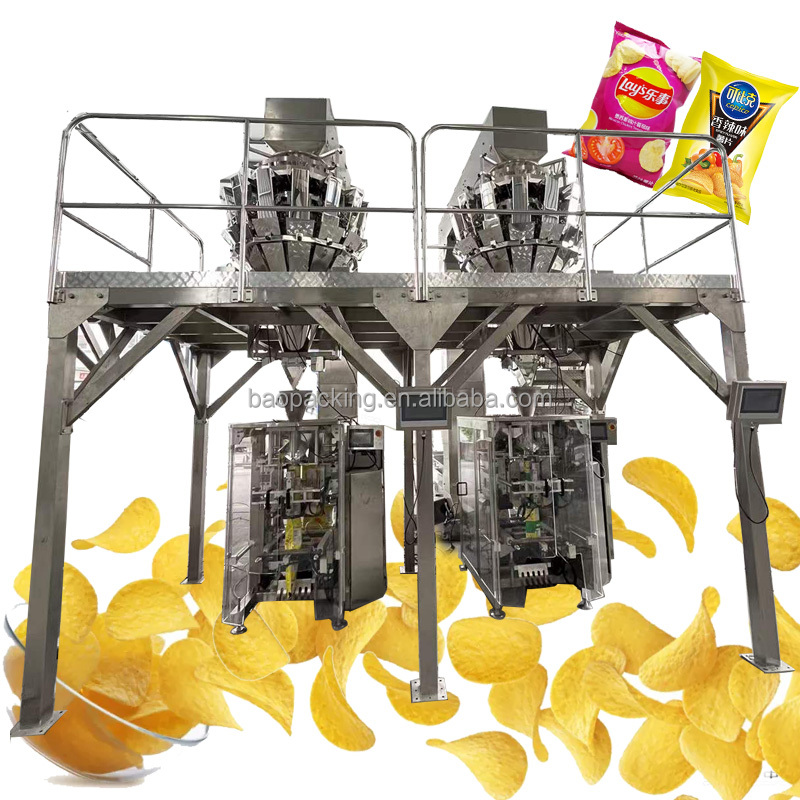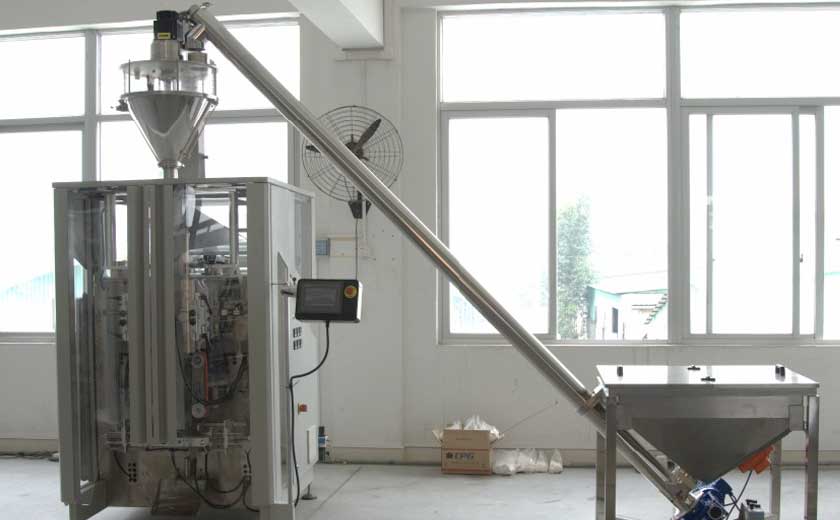Exploring Scikit-Learn: A Powerhouse for Machine Learning in Python
Exploring Scikit-Learn: A Powerhouse for Machine Learning in Python
When it comes to machine learning in Python, one of the most widely-used libraries is scikit-learn. Scikit-learn is an open-source machine learning library that provides simple and efficient tools for data mining and data analysis. In this blog post, we will delve into the world of scikit-learn and explore some of the key features that make it a go-to choice for machine learning enthusiasts.
Introduction to Scikit-Learn
Scikit-learn is built on top of NumPy, SciPy, and matplotlib, which makes it a powerful and versatile library for machine learning tasks. It features various algorithms for classification, regression, clustering, dimensionality reduction, model selection, and preprocessing. Whether you are a beginner or an experienced data scientist, scikit-learn offers a wide range of tools for building and deploying machine learning models.
Key Features of Scikit-Learn
One of the standout features of scikit-learn is its ease of use. The library is designed with simplicity in mind, making it accessible to users of all skill levels. With scikit-learn, you can easily implement machine learning algorithms with just a few lines of code. Additionally, scikit-learn provides a consistent and well-documented API, which simplifies the process of model development and evaluation.
Another notable feature of scikit-learn is its extensive collection of algorithms. From linear models to support vector machines, decision trees to ensemble methods, scikit-learn offers a diverse set of algorithms to suit various machine learning tasks. Moreover, scikit-learn provides tools for feature extraction, selection, and transformation, allowing you to preprocess your data efficiently before training your models.
Getting Started with Scikit-Learn
To start using scikit-learn, you first need to install the library using pip:
pip install scikit-learn
Once you have installed scikit-learn, you can import the library and begin experimenting with different machine learning algorithms. Here’s a simple example of using scikit-learn to train a linear regression model:
from sklearn.linear_model import LinearRegression
model = LinearRegression()
model.fit(X_train, y_train)
predictions = model.predict(X_test)
By following these steps, you can quickly build and evaluate machine learning models using scikit-learn. The library also provides functionality for cross-validation, hyperparameter tuning, and model evaluation, allowing you to fine-tune your models for optimal performance.
Conclusion
Scikit-learn is a versatile and user-friendly library that empowers data scientists and machine learning practitioners to develop robust models with ease. With its comprehensive set of features and algorithms, scikit-learn simplifies the process of building and deploying machine learning solutions. Whether you are working on classification, regression, or clustering tasks, scikit-learn has you covered. So why wait? Dive into the world of scikit-learn and unlock the power of machine learning in Python!
-

Overview of Packaging Machine Buying Guides
08-01-2024 -

How Does a Vertical Form Fill Seal Machine Work?
30-10-2023 -

Advancements in Auger Powder Filling Technology
27-10-2023 -

A Deep Dive into Automatic Packaging Machines
26-10-2023 -

The Revolutionary Fully Automatic Potato Chips Packaging Machine
20-09-2023 -

How to choose the right packaging machine?
23-08-2023 -

Reducing Waste And Maximizing Yield With Multihead Weigher Machines
15-03-2023 -

Nuts Packaging Machine for Dry Products Perservation
26-11-2022 -

Is Automated Biscuit Packaging Machine Better Than Manual Opeartion?
25-11-2022





